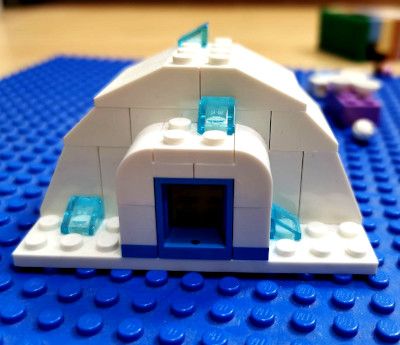-
Using kubectl to edit the status of an object
3 min read

As of kubectl v1.24, it is possible to patch subresources using the
--subresourceflag. This is useful for updating the status of an object, for example.18/03/2024
Read more... -
Add new line when printing data using jsonpath
2 min read

When we print values using jsonpath we'll get all the values in a single line (actually, it won't even bother adding the newline character at the end of the list):
$ kubectl get ns -o jsonpath='{ .items[*].metadata.name }' default dynamodb-operator ec2-operator iam-operator kube-node-lease kube-public kube-system local-path-storage testvault06/06/2023
Read more... -
Managing Environment Variables with kubectl
2 min read

In today's highly dynamic and containerized environments, managing environment variables is crucial for configuring applications effectively. With the Kubernetes command-line tool, kubectl, you can imperatively set or remove environment variables for your existing objects.
21/05/2023
Read more... -
What's the difference between kubectl apply and kubectl replace?
2 min read

To update a kubernetes object we can use kubectl apply or kubectl replace, but depending on what and how we want it updated we need to use one or the other.
23/01/2023
Read more... -
Wait for Kubernetes objects to become available using kubectl wait
2 min read

Sometimes we need to wait for some condition to be met before continuing applying resources on the cluster (or accessing them in som way). We can use kubectl wait to block an script until some criteria is met.
09/01/2023
Read more...